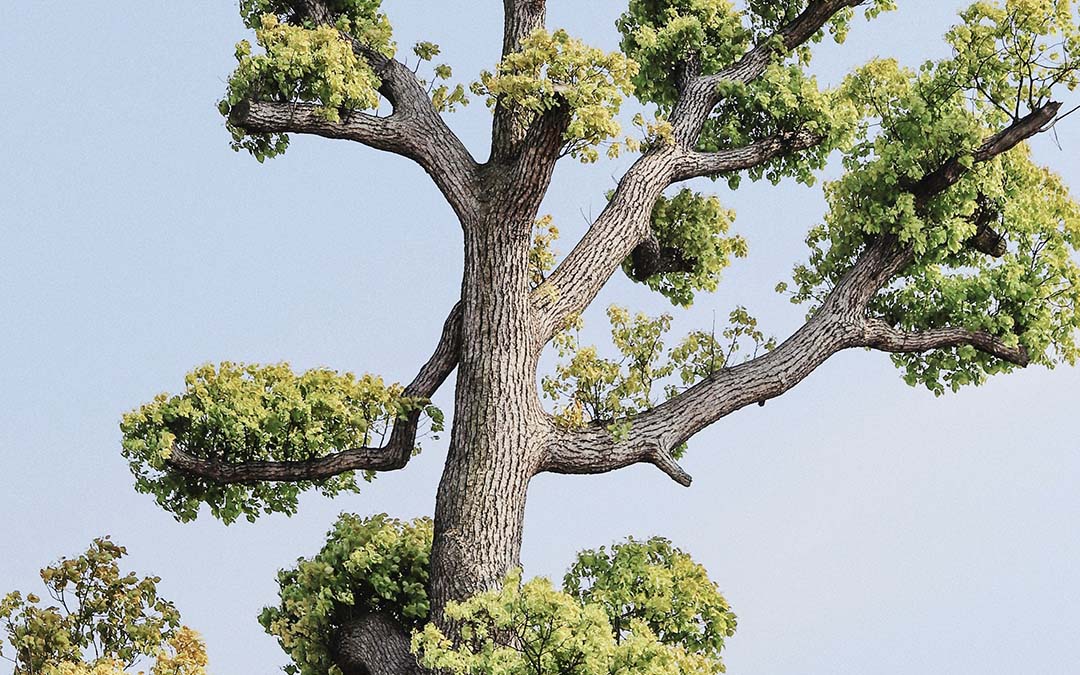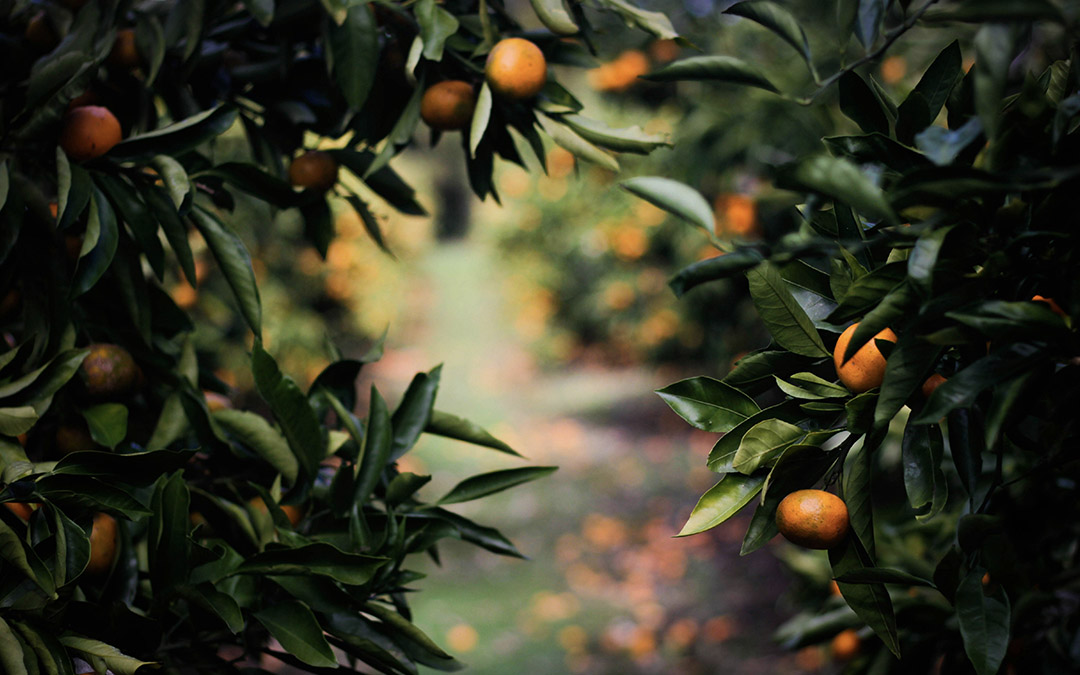Tree pruning is an essential practice for maintaining gardens and urban spaces. This process not only helps to keep trees looking neat and aesthetically pleasing but is also crucial for their health and the safety of the surrounding environment. However, its importance is often overlooked, whether due to ignorance or the mistaken belief that trees can take care of themselves without human intervention.
Failure to perform tree pruning properly or regularly can lead to serious consequences. Trees that are not pruned may develop structural and health problems, which not only affect the tree itself, but also pose risks to nearby people and properties. Moreover, the lack of pruning can cause trees to become latent hazards, especially during adverse weather conditions such as storms or strong winds.
In this article, we highlight the potential problems that can arise when owners fail to perform tree pruning properly. We will examine safety risks, such as the falling of dead or damaged branches, which can cause significant property damage and pose a danger to people. We will also explore how unpruned branches can obstruct views, blocking windows, traffic signals, or public lighting, thereby increasing the risk of traffic accidents.

Do You Know How to Prune a Tree Correctly?
Pruning a tree can be straightforward when you know how to go about it. There are important factors to consider for all types of pruning, such as safety around the trees, the health of the plant, and, we could also include, aesthetic criteria. It’s essential to note that each species has its specific characteristics, and before starting the pruning, it’s necessary to inform oneself about the specific needs of each tree.
Safety Risks
One of the most serious dangers of not performing tree pruning is the risk to safety. Dead or damaged branches can fall at any time, especially during storms or days of strong wind. These branches can cause significant material damage, such as breaking vehicles or structures, and they may even pose a danger to people. Moreover, branches growing near power lines can cause short circuits and fires, increasing the risk of severe accidents.
Health Problems for the Tree
The health of the tree can also be at risk if proper pruning is not carried out. Cluttered branches and dense foliage can obstruct the circulation of air and sunlight, creating a conducive environment for the development of fungal diseases and pests. Additionally, misshapen branches may compete for resources, weakening the tree as a whole. Regular pruning allows for the removal of diseased or damaged branches, promoting healthy and balanced growth.
View Obstructions
Another common problem is obstructed views. Unpruned branches can grow uncontrollably, blocking windows, traffic signals, or public lighting. This not only affects the landscape’s aesthetics but can also reduce visibility and increase the risk of traffic accidents. Regular pruning helps maintain clear visibility, ensuring that spaces are safe and pleasant for everyone.

Benefits of Regular Pruning
Performing regular pruning not only avoids these dangers but also brings other benefits. A well-pruned tree grows with a stronger and more balanced structure, better resisting the weather’s adversities and requiring less long-term maintenance. Additionally, proper pruning can enhance the tree’s aesthetic appearance and that of the garden as a whole, increasing the property’s value.
The dangers of not performing tree pruning are numerous and can have serious consequences for both safety and tree health. As owners, it’s crucial not to overlook this essential task. If you lack experience in tree pruning, it’s advisable to consult professionals like Picasoques Arboristes to ensure that trees receive proper maintenance. Our team of experts is here to help you keep your trees healthy and safe, ensuring they continue to beautify your spaces for many years to come.


